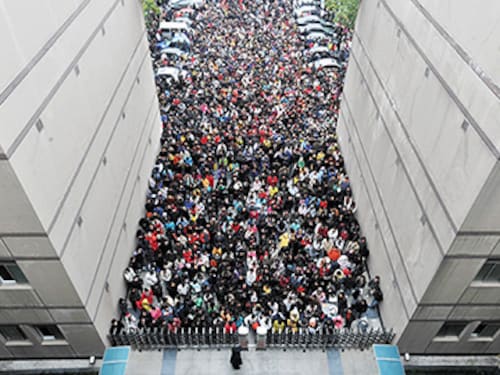Becoming a Bureaucrat
Given the recent agitation over the UPSC exams, we look back in time to see how civil servants were selected


1. Colonial India: By the Government of India Act of 1858, officers in British India were appointed to posts that governed the country’s 250 districts. The East India Company established a college called the East India Company College near London to train administrators for India. The term ‘civil service’ was coined by the Company in 1829.
2. Imperial China: The fabled imperial examination of ancient China is considered to be the world’s first rigorous, merit-based one, dating back to the 3rd century. It required applicants to arrive with water, food, a chamber pot, ink and brushes. They were inspected for cheating materials (clever applicants would even embroider cheat sheets onto their undergarments). Over three days and two nights, the test covered the ‘Six Arts’. The system was abolished in 1905.
3. Ancient Rome: Modern civil services trace their roots to the idea of servitude in the Roman system of government servants. Senators had as many as 500 servants to help them with the house as well as official documents. Despite making contributions to government structure, they were recruited based on custom, nepotism, and the temperament of superiors.
4. Napoleonic Model: This was the predecessor to the current civil services of France and Italy, and a framework for many other European countries. This model makes civil servants more like royalty, with benefits including a tenured career, recruitment through public competition, and promotion by years of service. Further, top civil service wages were comparable with that of the private sector.
5. USA: It lagged far behind other nations in the realm of civil services. In the early 19th century, government corruption (with the infamous ‘spoils system’ of incentivising political loyalty with lucrative government jobs) sparked agitation for civil service reform. In 1881, President Garfield’s assassination by an office seeker was the tipping point for reform. The Civil Service Commission was re-established, and now appointments are based on merit.
6. UK: The British are considered to have the oldest, entirely merit-based procedure for recruiting civil servants. The system, established in 1855, is known for its transparency, and significant grants of power from the Parliament. Its most notable aspect is, the civil servants are strictly excluded from politics.
First Published: Aug 27, 2014, 07:20
Subscribe Now